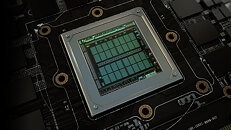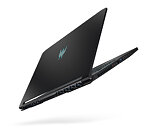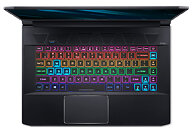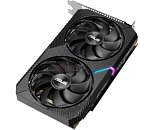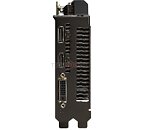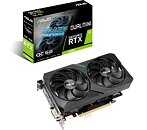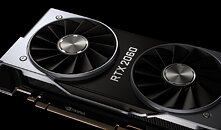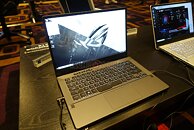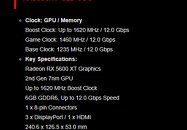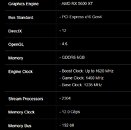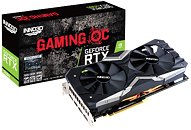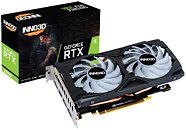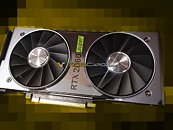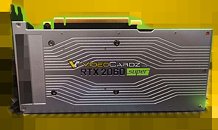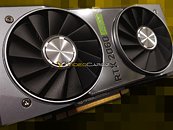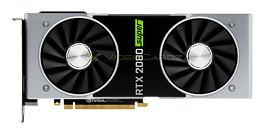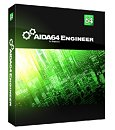
HP Unveils new ZBook Studio and ZBook Create Notebooks
Today, HP Inc. unveiled its newest Z by HP mobile workstation and HP ENVY portfolio - designed for creators who push the envelope of what's possible. The HP ZBook Studio, HP ZBook Create, and the HP ENVY 15 are the latest additions to the HP Create Ecosystem, which launched at Adobe MAX in 2019.
The powerful line-up enables all levels of creators, including consumers, prosumers and professionals, to capture, create, and bring to life digital concepts and ideas that can be shared, enjoyed, and experienced. In the past, creators had to choose between heavy workstations or bulky gaming devices to get the power they require for work and play. Today, HP is pushing the boundaries of engineering and creative productivity by allowing photographers, vloggers, graphic designers, architects, film makers, and everyone in between, to achieve what was never thought possible.
The powerful line-up enables all levels of creators, including consumers, prosumers and professionals, to capture, create, and bring to life digital concepts and ideas that can be shared, enjoyed, and experienced. In the past, creators had to choose between heavy workstations or bulky gaming devices to get the power they require for work and play. Today, HP is pushing the boundaries of engineering and creative productivity by allowing photographers, vloggers, graphic designers, architects, film makers, and everyone in between, to achieve what was never thought possible.








